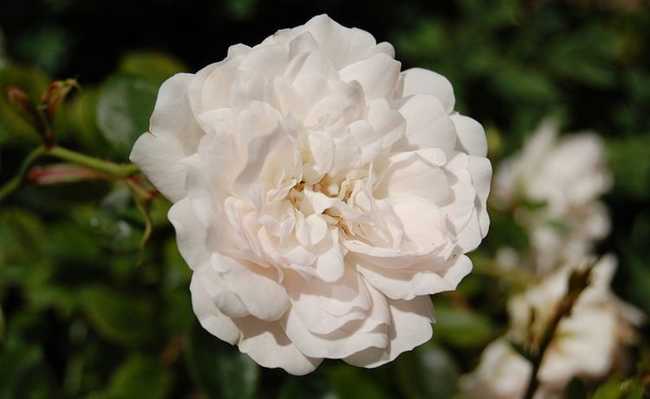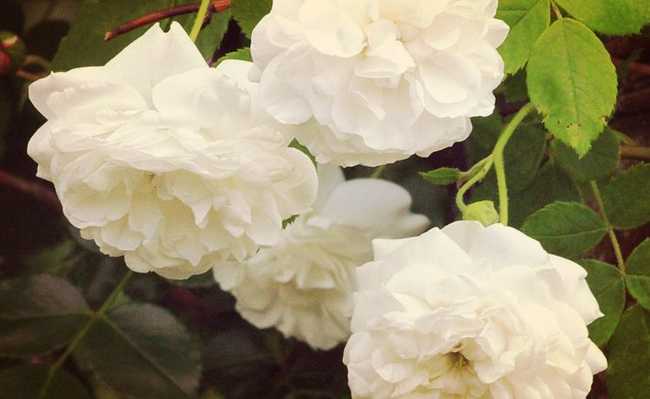White rose: its benefits and how to make your tea
White rose can be used in the form of tea and has bactericidal and fungicidal properties, among others

Image: Rosa alba by Ausis is licensed under CC BY 3.0
White rose, or garden rose, are popular names for a scientific-named plant species. Pink alba L., widely found in the central-west region of the state of Goiás.
White rose is culturally used in the form of tea to treat eye problems, vaginal thrush and as a laxative. Studies concluded that the white rose has antimicrobial activity, which justifies its use in popular medicine.
history of the white rose
Analyzes carried out with DNA molecules from roses concluded that the plant exists for about 200 million years, and is one of the oldest flowers in the world.
The first white rose cultivation was done by the Greeks and Romans. It is believed that the plant was the result of a cross between the canine roses, wild in Europe, and the damask rose.
In Brazil, the white rose was introduced by the Jesuits in the mid 1560s and 1570s, being used as an ornamental plant and culinary ingredient in preserves, dyes, confections, tea, oils, essential oils, among others. Due to the Chinese, the rose is used for medicinal purposes.
White rose characteristics
The white rose belongs to the family Rosaceae, which has genera and 3,000 species spread across the planet, being a family of difficult definition due to the great existing diversity. Among the 3,000 species of roses, the white rose is only one, which makes the plant easy to be confused with other types of white roses.
the rose bush of rose alba it is large, shrubby and can measure 1.80 m in height. The white rose flower is velvety and its smell is pleasant, thus attracting insect pollination. White rose flowers do not grow in isolation, they are made up of large bunches with three or more flowers per bunch, which bloom year-round if watered frequently.

White rose properties
Studies have concluded that white rose has medicinal bactericidal properties against bacteria Staphylococcus aureus and Escherichia coli; and fungicidal action against the fungus Candida albicans.
The flavonoid compounds found in white rose have anti-inflammatory activity.
White rose essential oils help control and balance skin oils and are suitable for both types of skin - dry and oily. White rose essential oils restore the skin's pH and close pores, promoting hydration. They also have antibacterial properties and are used to treat acne, dark circles and conjunctivitis. White rose essential oils also help to reduce tension and relax the body and are widely used to treat all types of depression and mental tension. Rose alba essential oil is a powerful immune stimulator, regenerating cells.
White rose essential oils
The essential oils of Pink alba L. they consist of citronellol, geraniol, nerol, linalool, citrol, carvacol, eugenol, substances that provide the plant with an antimicrobial capacity, in vitro, against the fungus Candidaalbicans.
- What are essential oils?
white rose tea
White rose tea can be taken or used to make a sitz bath. Find out how to prepare it:Ingredients
- 10 white rose petals;
- 1 liter of water.










